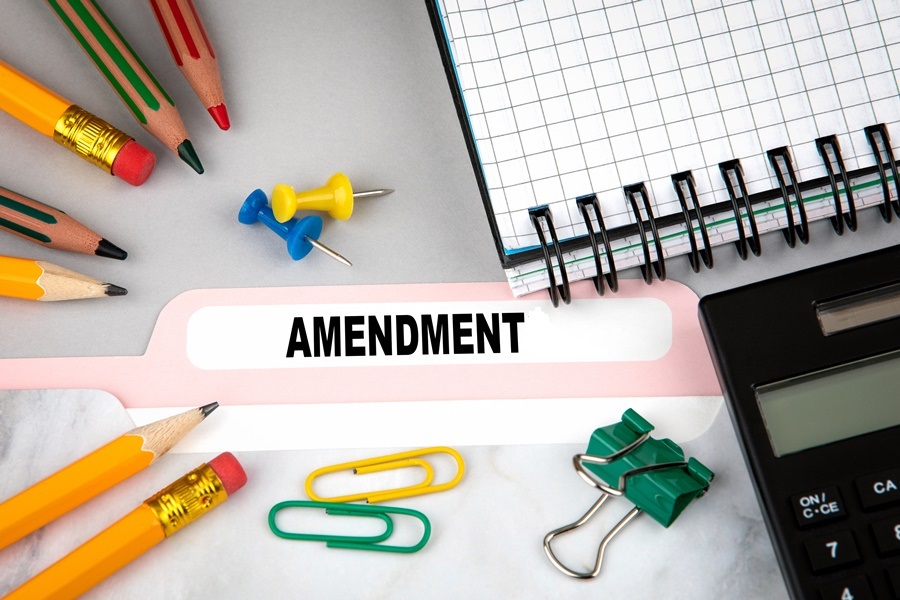
An Amendment to Allege Use is a sworn declaration filed with the United States Patent and Trademark Office (USPTO) indicating that your trademark is currently in use in commerce in connection with all of the products/services recited in your trademark application. The Amendment to Allege Use requires you to (1) set forth the date on which your mark was first used anywhere in the United States, (2) set forth the date on which your mark was first used in interstate commerce, and (3) submit a proper specimen showing actual use of your mark. If you filed your application under Section 1(b) (intent to use), then you will eventually need to demonstrate actual use of your trademark by filing either an Amendment to Allege Use or the Statement of Use.




